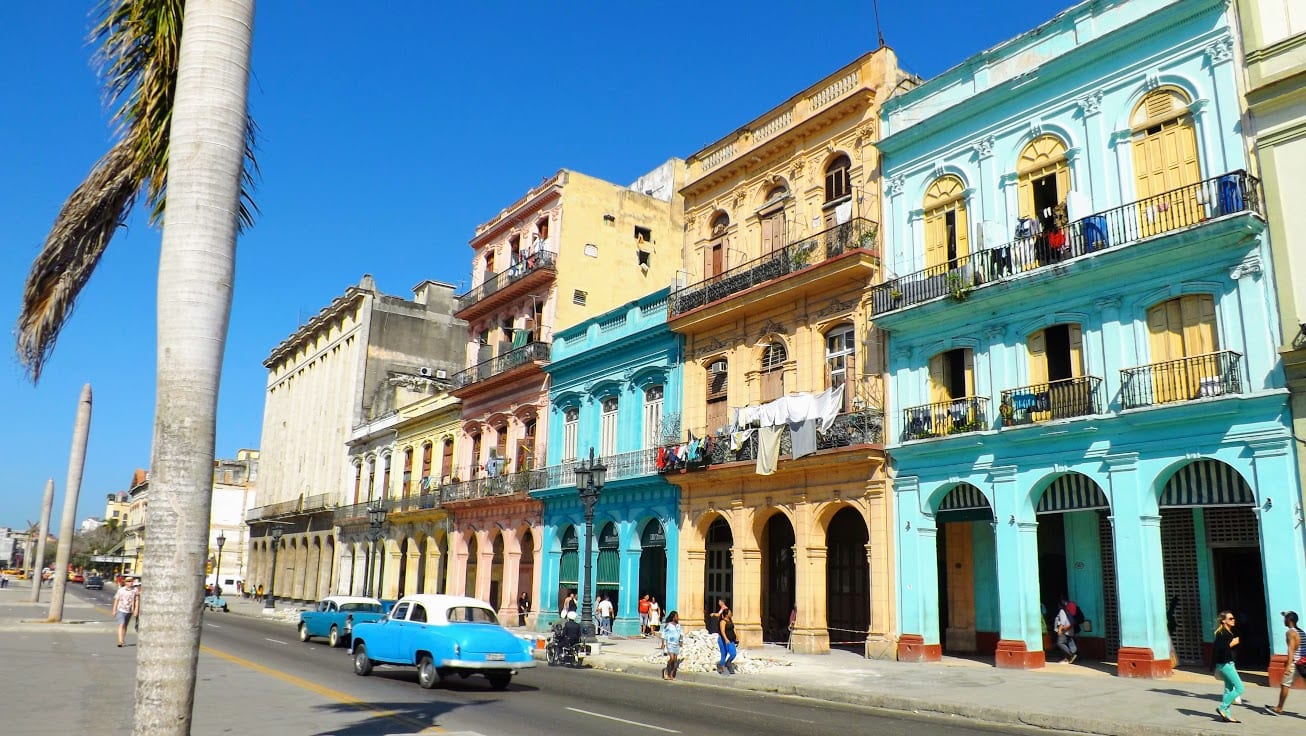
© AlbertoLegs
During these last three weeks I have lost myself in one of the countries that I most wanted to visit: the beautiful Cuba, the largest island in the Caribbean, the one in which salsa and rumba coexist, that of mojitos and habanos; the island to which everyone wants to travel thinking, wrongly, that it will soon cease to be so authentic. Don't miss these tips for traveling to Cuba during the next months.
Documentation and preparation of the trip
To travel to Cuba you will need different documents in order to be able to organize this new adventure as well as possible and not run into problems upon arrival in the country. The requirements to enter are:
- Valid passport.
- Visa to travel to Cuba. You can request it at Onlinetours agency for 22 euros.
- Travel insurance: they don't ask you for it at the airport, as many claim, but it will always be useful in case of any mishap.
- Your round trip tickets.
- In case of stopover in another country, always make sure if you need additional documentation. In my case, when making a stopover in Canada, I had to get the ETA, a number to enter or transit through the country.
As complementary advice, try to take basic items such as sunscreen or medicines in mini format, since in certain areas of Cuba, if they see you as a tourist, they can perfectly charge you 20 euros for a bottle of suntan lotion.
The currency in Cuba
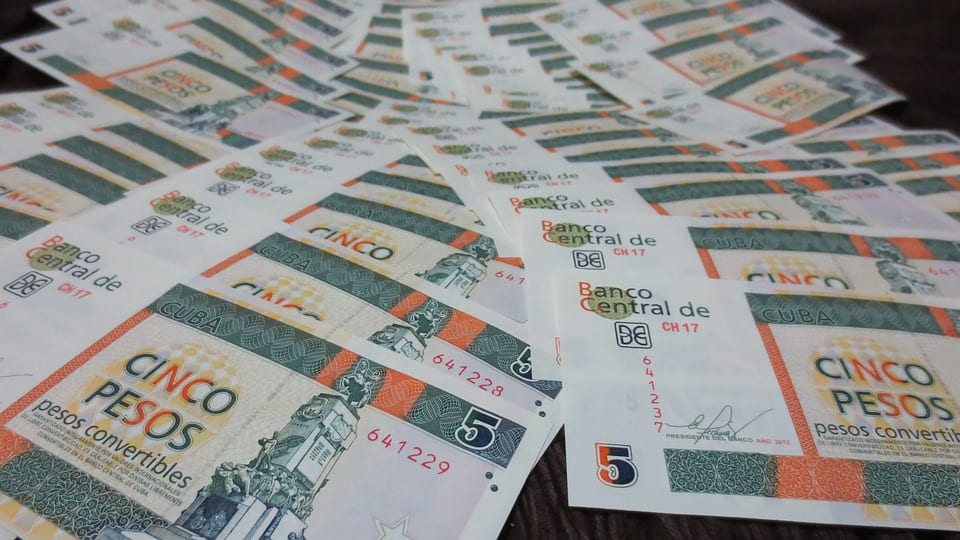
The economic system of Cuba is the most curious, since it has two types of currency: the Cuban peso (or CUP) used mostly by locals, and the convertible peso (better known as CUC), mostly focused on tourists. 1 CUC is equivalent to 0.95 euros, but in turn to 26.5 CUP, so the difference between both national currencies is the least important. In most of the tourist Cuba you will have to use CUC, but if you decide to move like a local you can use CUP, especially when taking public transport or having dinner in a restaurant somewhat away from the tourist circuits.
Accommodation in Cuba
Since Cuba and the United States began their timid anti-blockade talks, many hostels and rented apartments have begun to collaborate with companies such as Hostelworld or AirBnB. However, the hotel offer in Cuba continues to be divided mainly into two types: resorts or luxury hotels, especially in the keys and areas such as Varadero, and the private houses, homes run by the Cubans themselves whose price per double room usually revolves around 25 CUC per night. If you want my advice, opt for this last option, since it will allow you to enjoy a more purely Cuban experience in addition to saving a few CUC.
Getting around Cuba
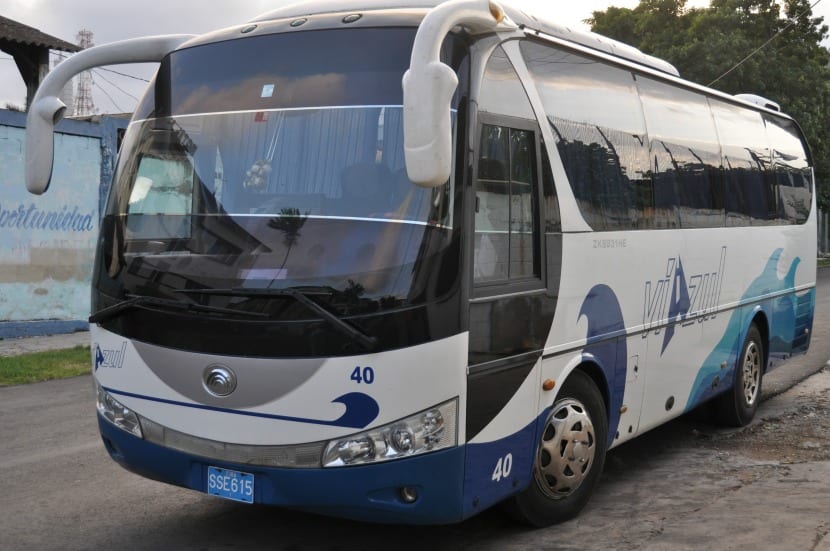
There are several options to get around Cuba: the first one, the most comfortable, would be by shared car (you can rent one at any airport). Another option would be travel by bus through Viazul, the company that manages the main tourist routes through Cuba, although I personally recommend buy tickets at least two or three in advanceas vehicles fill up quickly. The third option would be by shared taxi: you arrive at a Viazul station and ask a taxi driver, who will surely have already "recruited" other interested parties, if it is possible to travel to the destination you are looking for. This option may cost you a little more than the bus ride, but it is a faster and more efficient way to get to a specific place.
What to see in Cuba
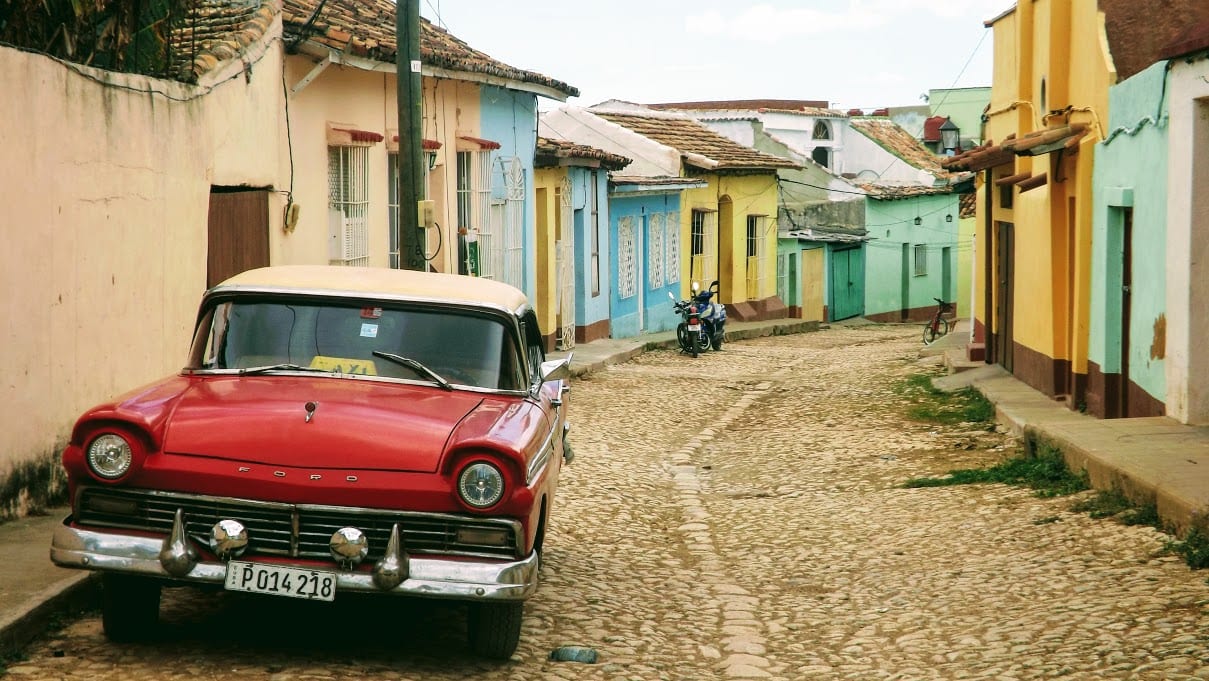
Streets of Trinidad. © AlbertoLegs
Cuba is bigger than many of us think at first, which is why, if you travel for two weeks around the island, it may be better to focus on western or eastern Cuba, since long bus journeys can take up a lot of time. Start in Havana, continue towards the west and the mogotes of Casa Particular in Viñales, the cradle of the Cuban cigar, and continue to the colorful TrinidadIn the south, it would take you just over a week. The best options to complete the stay would be a visit to the unknown and colonial Remedios (due to its proximity to Cayo Santa María) and the combo Matanzas-Varadero before returning to Havana. If you stay for a month, you can complete this same route with places like the cities of Camagüey and Santiago de Cuba, further east, or the exuberant nature of the Baracoa province.
Cuba and the Internet
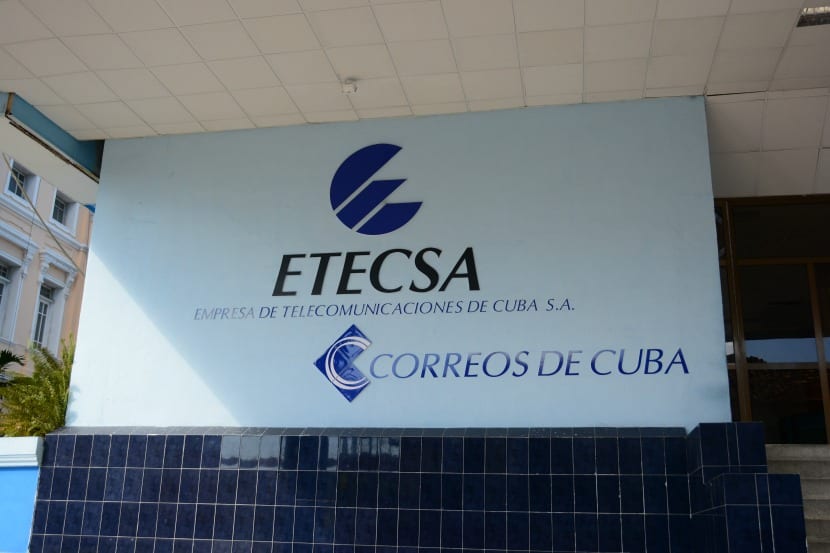
Many of us like to know that we can connect to our social networks and inbox whenever we want during our trips; however, in Cuba obtaining an Internet connection deserves a separate mention. Etecsa, the official telecommunications company of Cuba, distributes scratch cards with a code to be entered in the mobile and thus be able to access the Internet. The problem lies in the long queues that you will have to make at the Etecsa points to buy the card and the, at times, slow network connection. Fortunately, Google was quick to sign a contract with Etecsa at the end of 2016 in order to install a server on the island and speed up the process in Cuba over the next few months.
The Cubans
The Cuban population is one of the warmest I have come across in my travels. Many will try to obtain some benefit if you move through the tourist circuits, yes, but that does not diminish the charm of the kind and friendly treatment that they always waste. In turn, Cuba is a very safe country, through which you can always walk at any time, yes, you must apply a little common sense.